It took the Romans about 2 centuries before they managed to conquer the Iberian Peninsula, but they stayed here for almost 6 centuries.
This means they constructed many buildings here, including incredible bridges. Like some famous bridges in France, many were used to bring water into Roman cities.
Many awe-inspiring structures that were built nearly 2,000 years ago still stand today in Spain which is pretty astonishing.
This doesn’t mean, however, that all bridges in the country are ancient. Spain is home to some amazing medieval and modern bridges as well.
In this article, you’ll discover some of the most famous bridges in Spain.
1. Alcántara Bridge
The Alcántara Bridge is an ancient Roman bridge that is located in the town of the same name. This is situated in the Extremadura region in the southwest of Spain. The name “Alcántara” was derived from the Arabic word “al-Qantarah” which means “The Arch.”
The bridge was completed during the reign of Roman Emperor Trajan between 104 and 106 A.D. and spans the Tagus River. The bridge didn’t suffer so much from the elements but was partially destroyed on several occasions. It has been restored to its former glory as it looks pretty much how it did in the early 2nd century.

2. Alamillo Bridge
The Alamillo Bridge is one of the most striking buildings in Seville, a major city in the utmost southern part of Spain. The bridge was constructed between 1989 and 1992 and was completed just in time for Expo 92, a world fair that was held in Seville that year.
The bridge was designed by renowned Spanish architect Santiago Calatrava, the man who devised this remarkable cantilever spar cable-stayed bridge. He has designed multiple similar bridges all around the world, including the Puente de la Mujer in Buenos Aires, Argentina, and the Sundial Bridge at Turtle Bay in California.
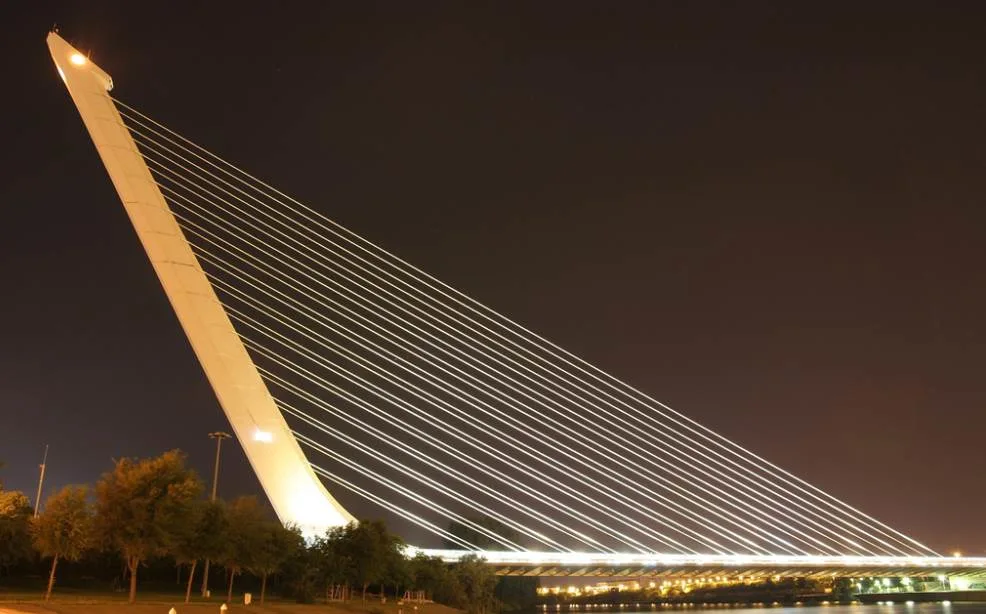
3. Aqueduct of Segovia

The Aqueduct of Segovia is one of the most stunning landmarks in Spain. It’s located in the city of Segovia in the Castille and Léon region of Spain and is believed to have been completed in the 1st century or early 2nd century A.D. It was commissioned by Roman Emperor Domitian.
The remains of the aqueduct were part of a much larger structure that channeled water from springs in the mountains which are located about 17 kilometers (11 miles) away from the city. This water could be used in buildings in the city, especially Roman Bathhouses which were a popular form of entertainment in ancient Rome.
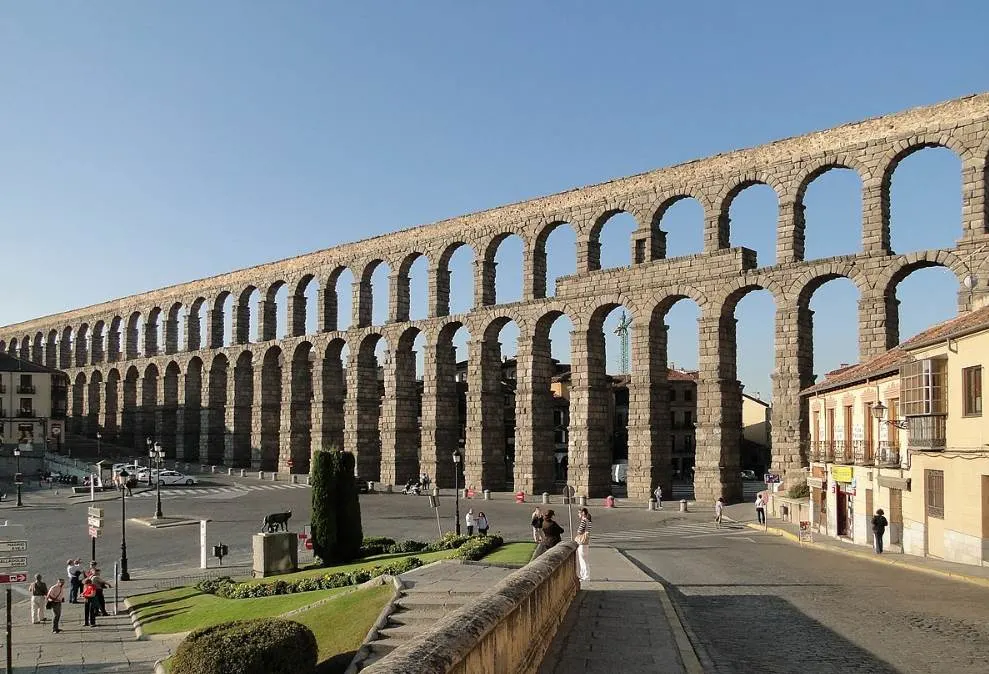
4. Bridge of Toledo
The Bridge of Toledo is an 18th-century bridge that spans the Manzanares River just south of the historical heart of Madrid, Spains’s capital. It’s a Baroque building that was designed by Spanish architect Pedro de Ribera (1681-1742) and it was completed between 1718 and 1732.
The bridge is decorated with 2 monumental sculptures. The statue of Isidore the Laborer depicts a Spanish farmer who is known for his support of animals and the poor. This sculpture faces the Statue of Maria Torribia, a peasant woman who is believed to have been the wife of Saint Isidore.
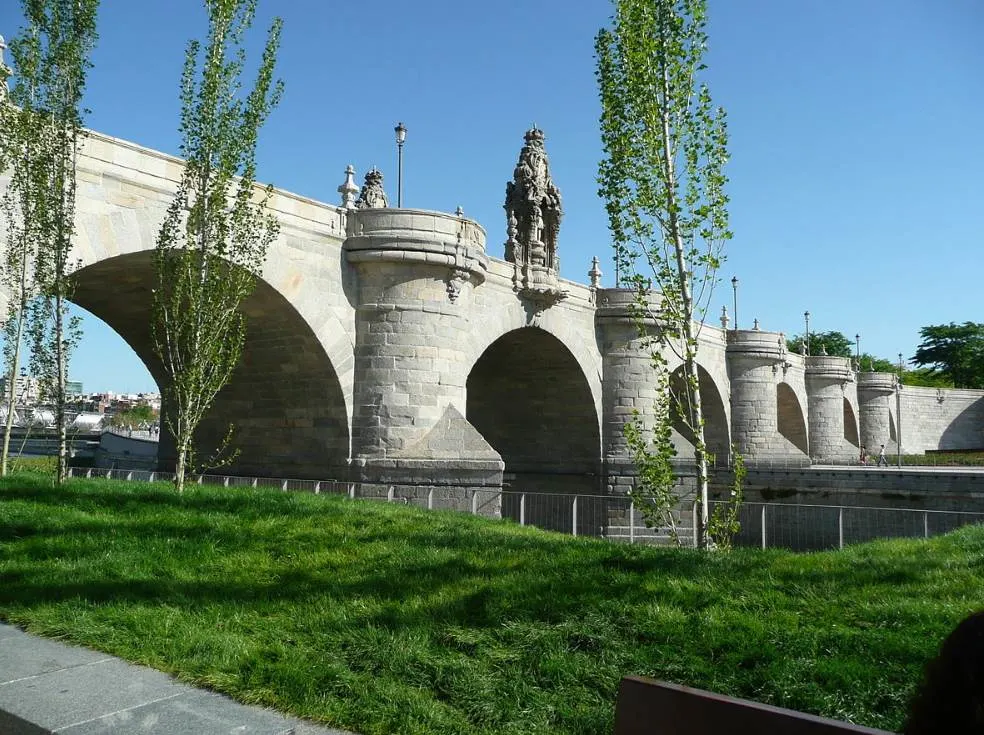
5. Les Ferreres Aqueduct
Les Ferreres Aqueduct is a famous bridge in Spain that is also known as “Pont del Diable.” It’s located about 4 kilometers (2.48 miles) north of the modern-day city of Tarragona in the Catalonia region of Spain.
It’s believed that this structure was completed during the reign of First Roman Emperor Augustus in the early 1st century A.D. It was part of a large aqueduct that supplied the ancient city of Tarraco with water from the nearby Francolí river.
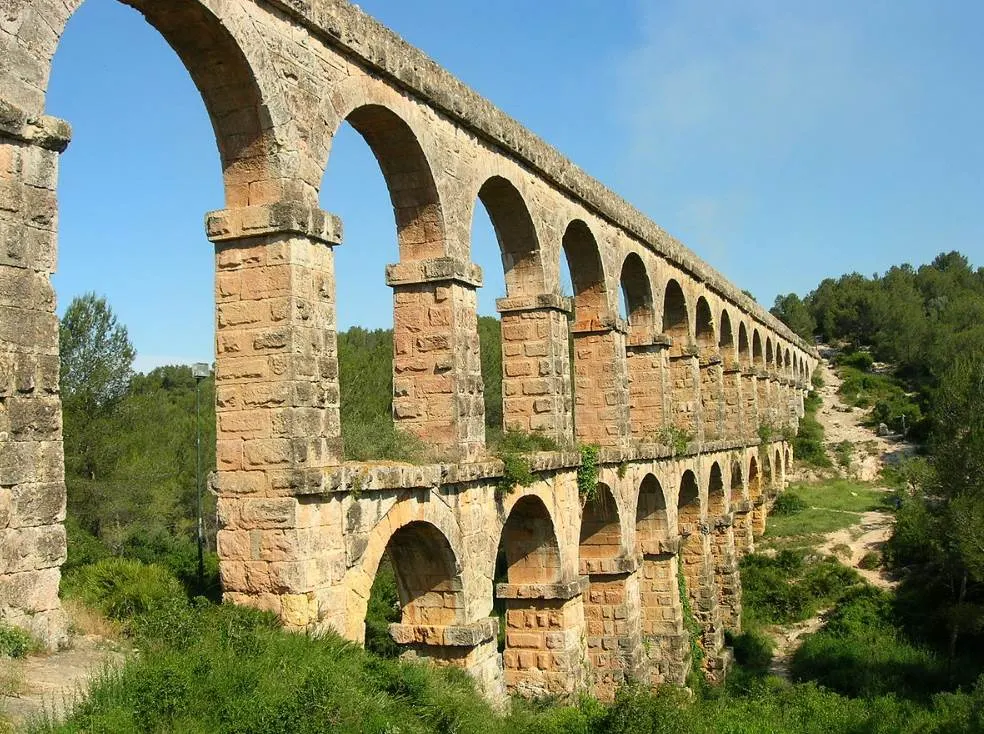
6. Zubizuri
Zubizuri is a Basque word that translates to “White Bridge.” It’s another modern bridge located in the city of Bilbao in northern Spain. It’s also referred to as the “Campo Volantin Bridge” or “Puente del Campo Volantin” and spans the Nervion River which flows through the city.
This tied arch footbridge is another bridge that was designed by Spanish architect Santiago Calatrava and was completed in 1997. It was constructed to provide easy access for tourists who stay in nearby hotels to the magnificent Guggenheim Museum Bilboa, one of Paul Gehry’s ultimate masterpieces.
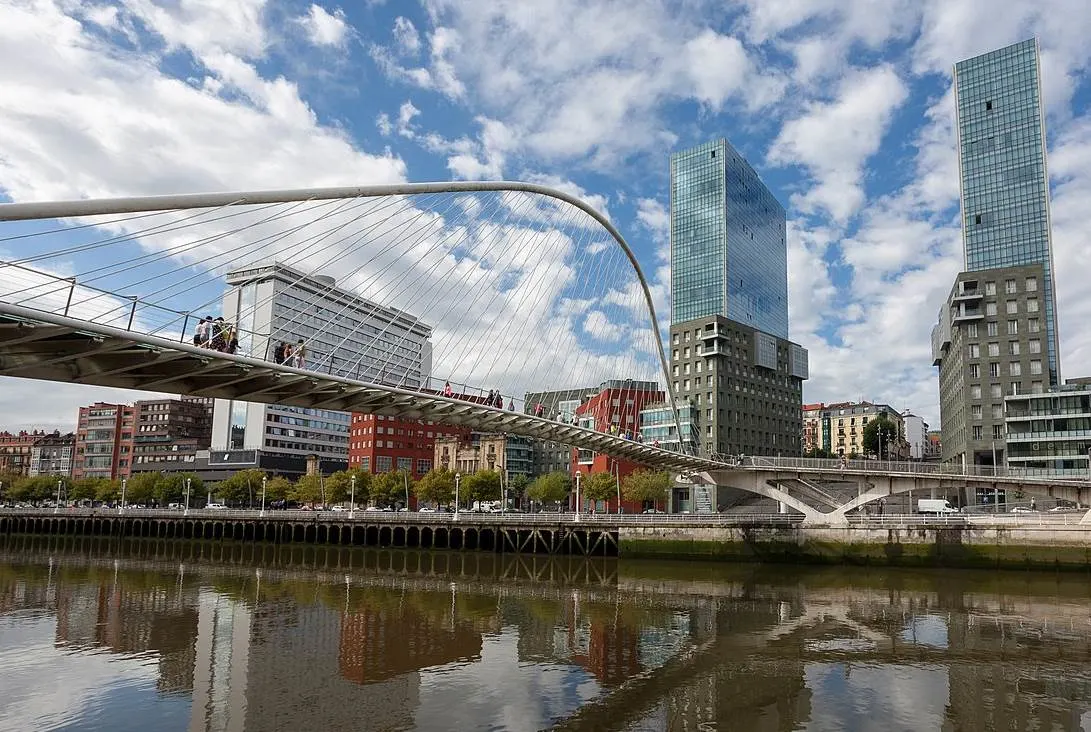
7. Puente de San Martín
The Puente de San Martín is one of the most famous bridges in Toledo, a historically important city in the Castilla-La Manha region of Spain. This medieval bridge was constructed in the 14th century and features two towers that date back to the 16th century.
This distinctive landmark in Toledo was captured in El Greco’s masterpiece titled “View of Toledo” (1596-1600). The bridge features 5 arches and the central one has a length of almost 40 meters (131.23 feet). This made it one of the longest bridges in the world upon completion.
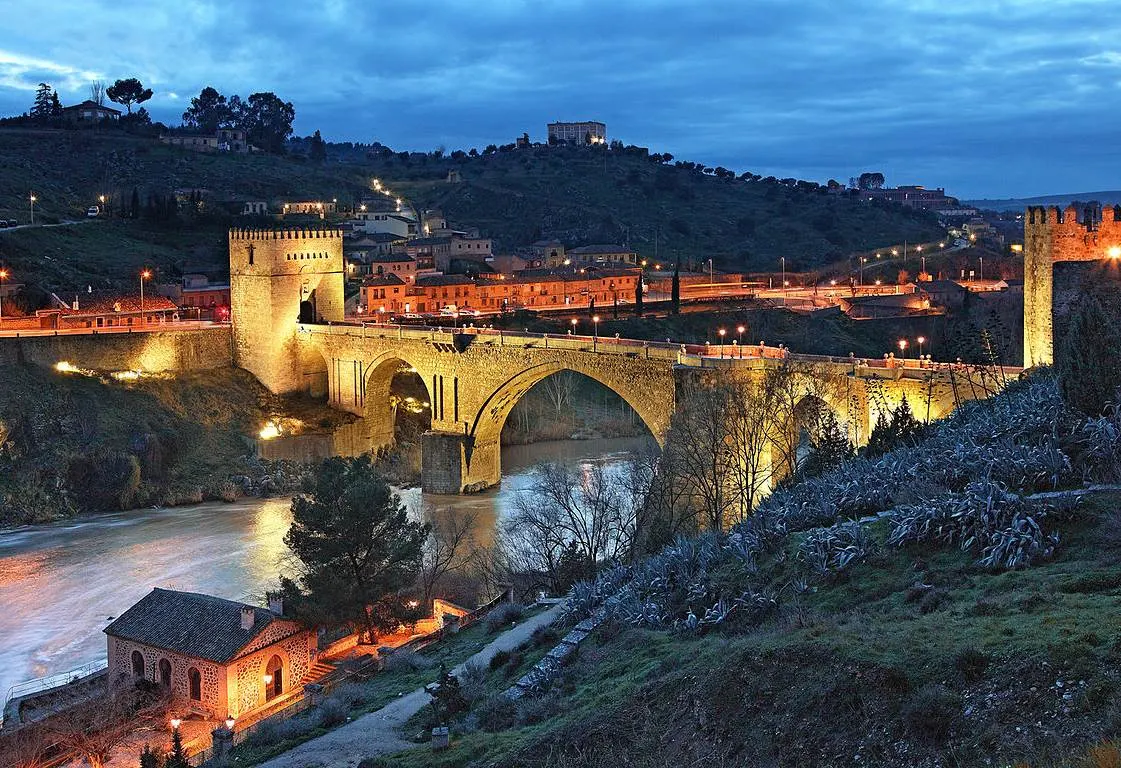
8. Puente Nuevo
Puente Nuevo is the name of the newest of 3 amazing bridges that span a deep gorge in the city of Ronda in southern Spain. This canyon has a maximum depth of 120 meters (390 feet) which makes this spectacular bridge an amazing sight to behold.
The construction of this bridge started way back in 1759 but it wasn’t completed until 34 years later in 1793. When you take a closer look at this amazing structure then you surely understand why it took so long over 2 centuries ago. The central arch features a chamber on top which was once used as a prison and torture chamber.

9. Vizcaya Bridge
The Vizcaya Bridge is an amazing transporter bridge (a bridge that carries a roadway) that spans the mouth of the Nervion River. It’s the oldest bridge of its kind in the world and connects the towns of Portugalete and Las Arenas in the Biscay Province in the utmost northern part of Spain.
What’s remarkable is that the bride is locally known as “Puente Colgante,” the name used to describe a suspension bridge. Although it features some cables, this is clearly not this particular type of bridge. This structure was completed in 1893 and has been designated as a UNESCO World Heritage site.
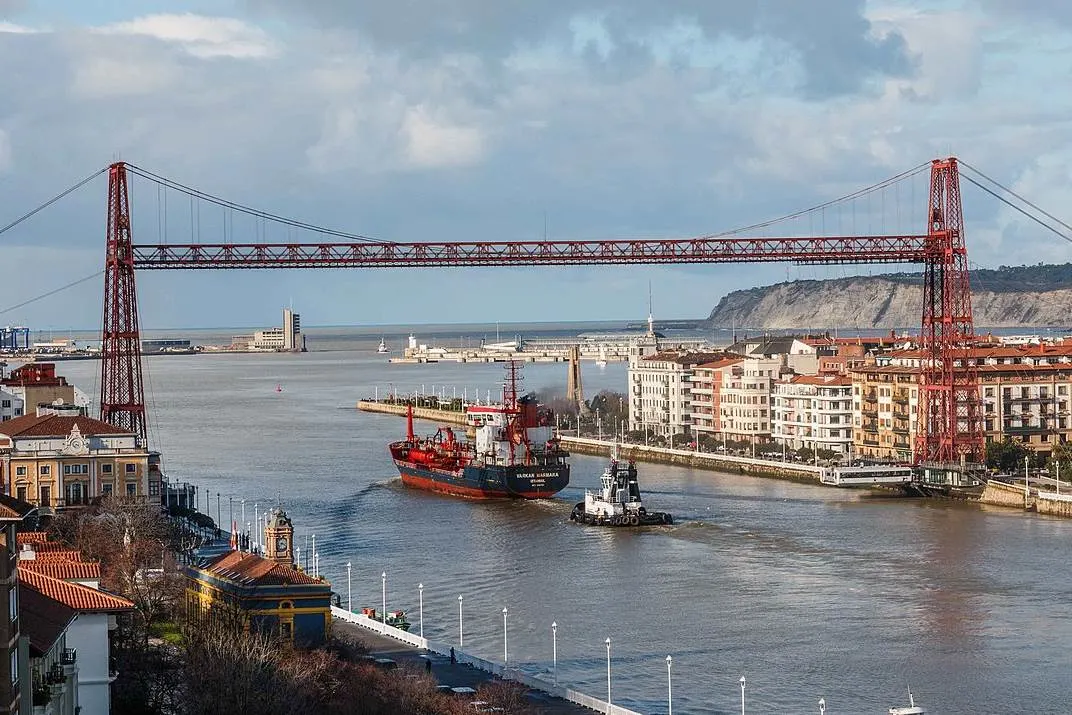
10. La Constitución De 1812 Bridge
La Constitución De 1812 Bridge is commonly referred to as “La Pepa Bridge” and is a relatively new bridge that spans the Bay of Cádiz. It connects the city of Cádiz in Andalusia, which is situated on a narrow strip of land, with Puerto Real in mainland Spain.
The bridge first opened for traffic on September 24, 2015, and was constructed to relieve the traffic on the Carranza bridge which was completed in 1969. This magnificent cable-stayed bridge has a total length of 3,092 meters (10,144 feet) and is supported by two pylons that stand 180 meters (590 feet) above the water below.

